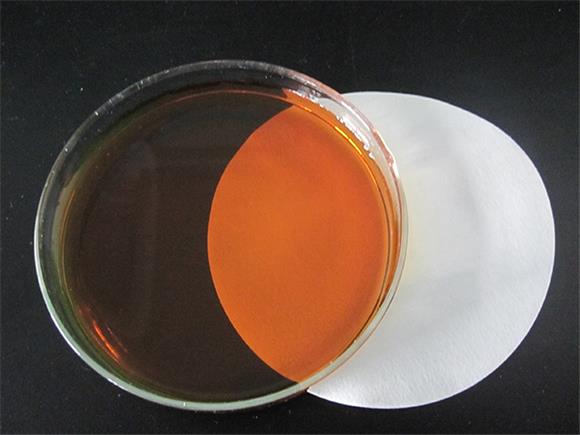
News
Oct . 12, 2024 03:21 Back to list
Understanding the Role of Chelating Agents like EDTA in Various Applications
Understanding Chelants The Role of EDTA in Modern Applications
Chelants are chemical compounds that can form stable complexes with metal ions. Among the various chelating agents available, Ethylenediaminetetraacetic acid (EDTA) stands out for its wide range of applications across different industries. The unique properties of EDTA make it an invaluable tool in various fields, from medicine to agriculture and environmental science.
The Chemistry of EDTA
EDTA is a synthetic amino acid that possesses four carboxylic acid groups and two amine groups. This structure allows it to bind with metal ions, effectively cheating them out of their bonds with other molecules. The chelation process occurs when the EDTA molecule surrounds a metal ion, forming a stable ring-like structure known as a chelate. This stability is crucial, as it prevents the metal from participating in undesirable chemical reactions, serving multiple beneficial purposes.
Medical Applications
In medicine, EDTA is widely used in chelation therapy, a treatment for heavy metal poisoning, such as lead or mercury toxicity. The binding ability of EDTA means that it can help remove these toxic metals from the bloodstream, facilitating their excretion through the kidneys. However, it is essential to use this treatment under strict medical supervision, as improper use can lead to a deficiency in essential metals like calcium and zinc, resulting in additional health complications.
Industrial Applications
chelant edta

Beyond medicine, EDTA finds extensive use in various industrial applications. In the realm of agriculture, it is utilized as a micronutrient chelator. Certain metal ions, such as iron, are vital for plant growth but are often unavailable for uptake due to their tendency to form insoluble compounds in soil. By chelating these metals, EDTA increases their bioavailability, enabling plants to absorb essential nutrients more effectively. This application is crucial for enhancing crop yields and maintaining soil health.
In water treatment facilities, EDTA aids in removing heavy metals from wastewater. Industries that produce significant metal waste, such as mining and plating, utilize EDTA to ensure that water discharged into the environment meets safety standards. By modifying the speciation of metals in water, EDTA allows for more efficient removal processes, thus helping to protect aquatic ecosystems.
Environmental Considerations
While EDTA has numerous benefits, there are growing concerns regarding its environmental impact. Once released into the environment, EDTA is highly persistent and can disrupt natural metal cycling. It has the potential to mobilize heavy metals in contaminated soils, which can pose significant risks to ecosystems and human health. Consequently, strategic management and regulation of EDTA use are vital to minimizing environmental harm.
Conclusion
In summary, EDTA is a versatile chelating agent with numerous applications, ranging from medicine to agriculture and environmental management. Its ability to bind metal ions makes it an indispensable tool in various fields, facilitating critical processes that improve health, enhance agricultural productivity, and ensure cleaner environments. As we continue to explore and innovate in its applications, it is equally important to address the environmental concerns associated with its use, ensuring that the benefits of EDTA can be realized sustainably for generations to come.
-
OEM Chelating Agent Preservative Supplier & Manufacturer High-Quality Customized Solutions
NewsJul.08,2025
-
OEM Potassium Chelating Agent Manufacturer - Custom Potassium Oxalate & Citrate Solutions
NewsJul.08,2025
-
OEM Pentasodium DTPA Chelating Agent Supplier & Manufacturer High Purity & Cost-Effective Solutions
NewsJul.08,2025
-
High-Efficiency Chelated Trace Elements Fertilizer Bulk Supplier & Manufacturer Quotes
NewsJul.07,2025
-
High Quality K Formation for a Chelating Agent – Reliable Manufacturer & Supplier
NewsJul.07,2025
-
Best Chelated Iron Supplement for Plants Reliable Chelated Iron Fertilizer Supplier & Price
NewsJul.06,2025
